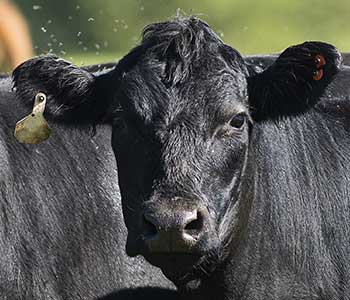Cattle Mineral Tips for Spring
Apr 24, 2018

Cattle Mineral Tips For Spring
Content Provided By Purina
As winter shifts to spring, it's timet o take a look at cattle management. Specifically, your cattle mineral program. Make sure cattle management, and cattle mineral, reflect the season to help keep cattle performing year-round.
Quick, Timely Considerations For Your Purina Cattle Mineral Program.
- It can be tough getting cattle to eat mineral when grass is green and lush. Have one cattle mineral feeder for every 20 to 30 head. You can also use a complete cattle mineral or mineral tub to encourage consumption.
- Ensure cattle receive enough magnesium to prevent grass tetany. Consider using Wind and Rain® Storm® Hi Mag Cattle Mineral.
- Spring grass typically has the highest phosphorus level of the growing season. Mineral sources of phosphorus and magnesium are bitter and can reduce palatability. Consider using a high-magnesium cattle mineral with a lower phosphorus level to improve intake.
- Global vitamin A production issues have caused prices to rise considerably over the past few months. However, vitamin A is very important for reproduction, so it’s critical to avoid a deficiency. Green, leafy forages tend to be a good source of vitamin A. Wind and Rain® Storm® Hi Mag Cattle Mineral contains a low level of vitamin A to complement lush grass.
- Get a jump start on fly control. Start using Wind and Rain® Storm® Fly Control Cattle Mineral 30 days before the last frost and continue through fly season.